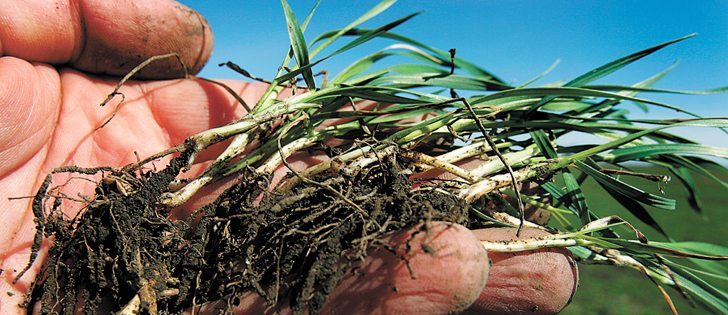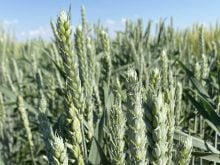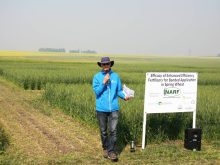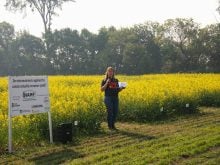When to seed | Field tests put winter wheat into pulse stubble with mixed results
Researchers in Saskatchewan are trying to crack the code that will allow prairie producers to fully realize the potential of winter wheat.
Experts in the field have identified potential, but researchers told the University of Saskatchewan’s recent Soils and Crops presentations that more work is required to better understand the crop and identify best practices.
Returns from winter wheat can be high, said the U of S researcher Monica Baga — as much as 40 percent over spring seeded wheat — but production is generally limited to the southern most parts of the province because cultivars don’t exist that are cold hardy enough to grow in other areas.
Read Also
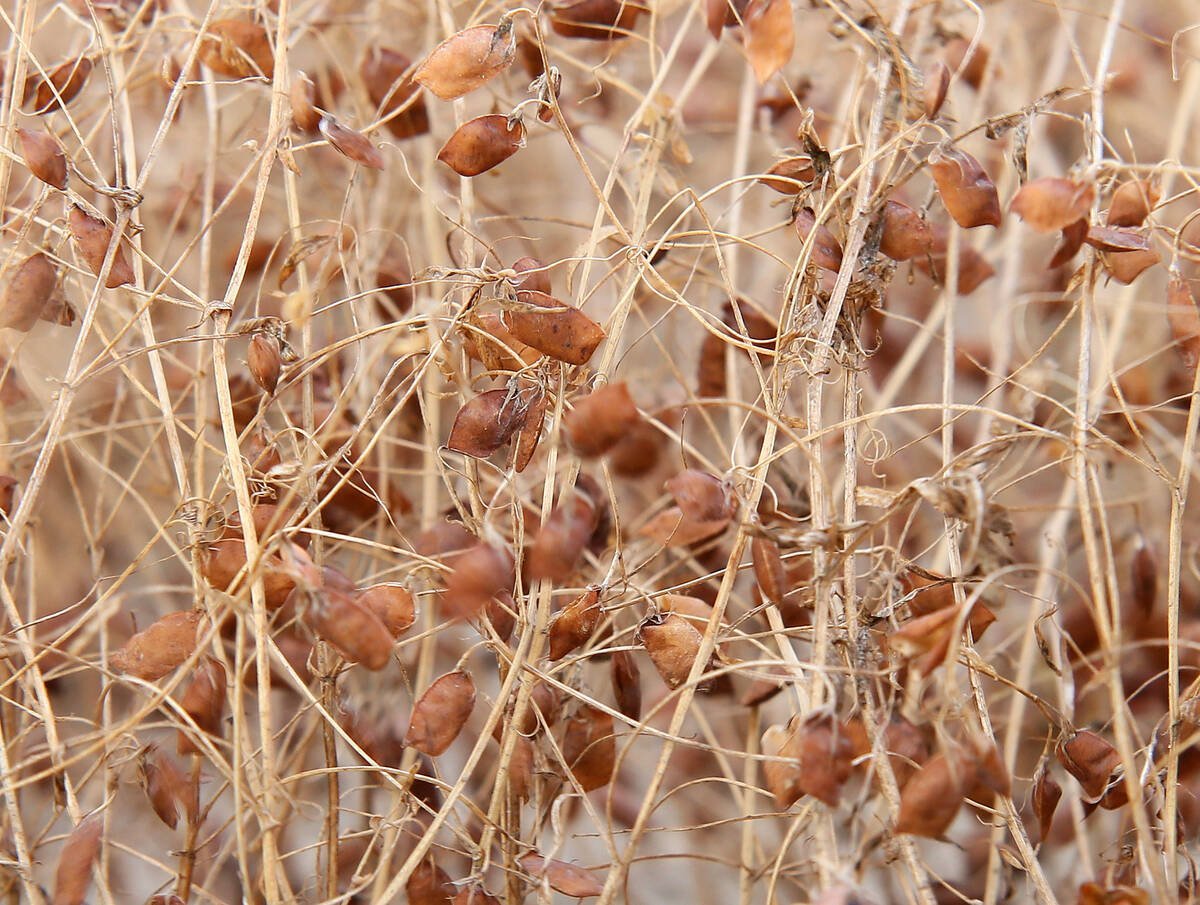
Europe holds promise for Canadian lentils
Pulse Canada is trying to help boost lentil consumption in Europe, which is already the fourth largest market.
And then there’s the issue of when to grow it, said Edgar Hammermeister of Western Ag Labs.
“The biggest challenge is the seeding during harvest is the real bottleneck to trying to get the crop established into the farm routine,” he said.
Hammermeister said winter wheat production suffers because farmers are attracted to high-yielding, long-season varieties of canola, which makes seeding during harvest difficult, especially into canola stubble.
In 2010, Western Ag Labs conducted two studies in Saskatchewan — at Alameda and Churchbridge — into whether winter wheat could successfully be seeded into pulse stubble and what effects residue from Group 2 herbicides, commonly used on pulses, have on the crop.
In the study, CDC Kestrel, CDC Ptarmigan and Sunrise were seeded into pulse stubble with a zinc application.
“In the spring, though, when we started looking at the plots, we knew there was some issues,” said Hammermeister.
Yields varied from dismal returns at the Alameda site that were in some cases below 20 bushels per acre to better results at Churchbridge of more than 50 bu. per acre.
Temperature monitoring at the sites indicated survival should have been better. In fact, yields were down significantly compared to nearby commercial fields. Hammermeister said the results show a negative influence of Group 2 residue.
As for the discrepancy between sites, he said the results mirror what he has heard anecdotally from farmers.
“There’s guys who do have success growing winter wheat on pea ground and other guys have failures and the study that we had here looking at two locations … is suggesting what we saw is what farmers are experiencing, and I would suggest that further investigation would be worthwhile into this,” said Hammermeister.
Baga said U of S researchers are trying to better understand cold hardiness by examining the traits of winter wheat plants, such as prostrate growth.
She used the example of Northstar, which is a superior variety for Saskatchewan because when the plant is in prostrate growth stage its leaves grow closer to the ground.
“There might be some genetic connection here between the different developmental traits and the cold tolerance trait in winter wheat, and our aim is to try and identify this gene so we can use them for breeding more cold hardy winter wheat in the future.”
There is also the issue of when varieties begin cold acclimation: Norstar starts acclimation at 14 or 15 C, compared to Winter Manitou, which starts at 10 or 11 C.
“So of course, a plant that can start cold acclimation at a higher temperature in the fall is going to be much better prepared for frost that will occur later into he season,” she said.

